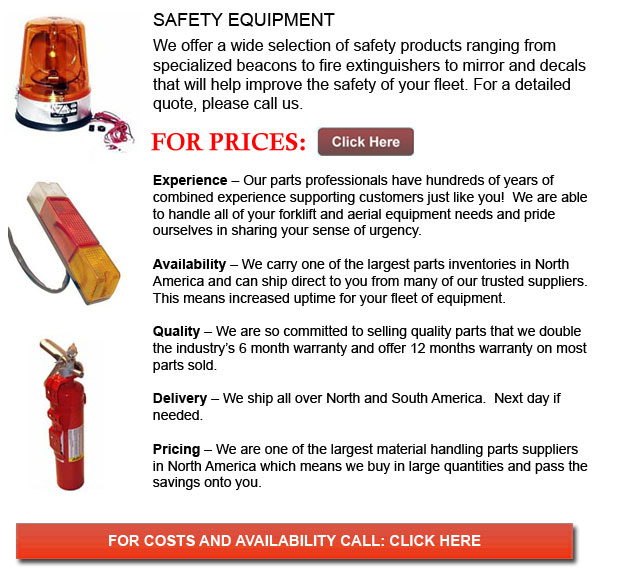
Safety Equipment for Forklifts - In various warehouse, agricultural and manufacturing operations and industries which used powered lift truck or forklifts frequently in the place of work. These industrial powered lift trucks can be used to be able to raise and lower things along with transport items which are either stored in pallets or containers to other locations on the property or ship merchandise to various areas. These industrial machines help in order to improve productivity at the jobsite by reducing the requirement for excessive manual handling of things by workers. According to the National Institute for Occupational Safety and Health, there are something like 20,000 severe injuries each year in the United States and about 100 fatalities caused by lift truck incidents.
There are several kinds of forklifts which have several load capacities. These models differ for particular forward center of gravity and maximum weight where a load is concerned. Worker injuries frequently happen as a result from forklift overturn, crushing incidents, collision with pedestrians or falls from the forklift. Operator falls can take place as the employee ascends or descends into the driver cab or becomes ejected from the machinery in the event of an incident or a collision. Lift trucks can overturn due to having an unequal center of gravity of the cargo, or from being over-loaded or traveling over an uneven surface which can cause the vehicle to topple over. It is vital for other co-workers to follow strict preventive measures if working in close proximity with the forklift. Without sufficient safety measures, pedestrian co-workers are at risk from collisions or accidents connected with an unsafe cargo.
There are strict training and standards to be following with regards to forklift training, maintenance and operation. One example, people in non-agricultural trades below the age of eighteen years are not allowed to work a forklift. It is necessary that all forklift operators must have undergone both practical and theoretical training previous to commencing lift truck operation and they are even needed to take refresher courses.
The standards which are defined in the "American National Standard for Powered Industrial Trucks, ANSI B56.1-1969 are what powered industrial trucks should follow. The particular OSHA standards that employees and employers should follow as stated in the General Industry Standards consist of 1910.178 "Powered industrial trucks", and standards for Marine Terminals 29 CFR 1917 Subpart C, "Cargo handling gear and equipment" and Long shoring 29 CFR 1918 Subpart G, "Cargo handling gear and equipment other than ship's gear.
It is likewise vital for employers to aware of the different other directives and regulations. The NIOSH and OSHA regulations both outline for the employers and employees to all the regulations that apply.
![]() Click to Download the pdf
Click to Download the pdf
Forklift Parts
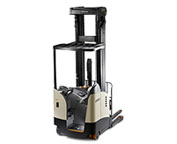
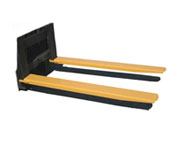
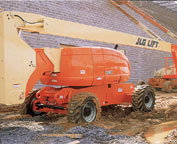
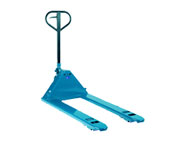
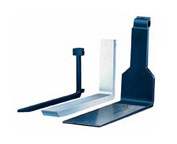
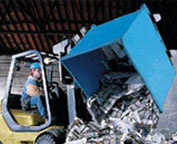
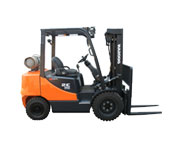

Lift Parts Express
TOLL FREE: 1-888-695-7994
LOCAL: 805-285-7052
1197 E Los Angeles Ave C-331
Simi Valley, California
forkliftpartssimivalley.com
Email Us
About Us


